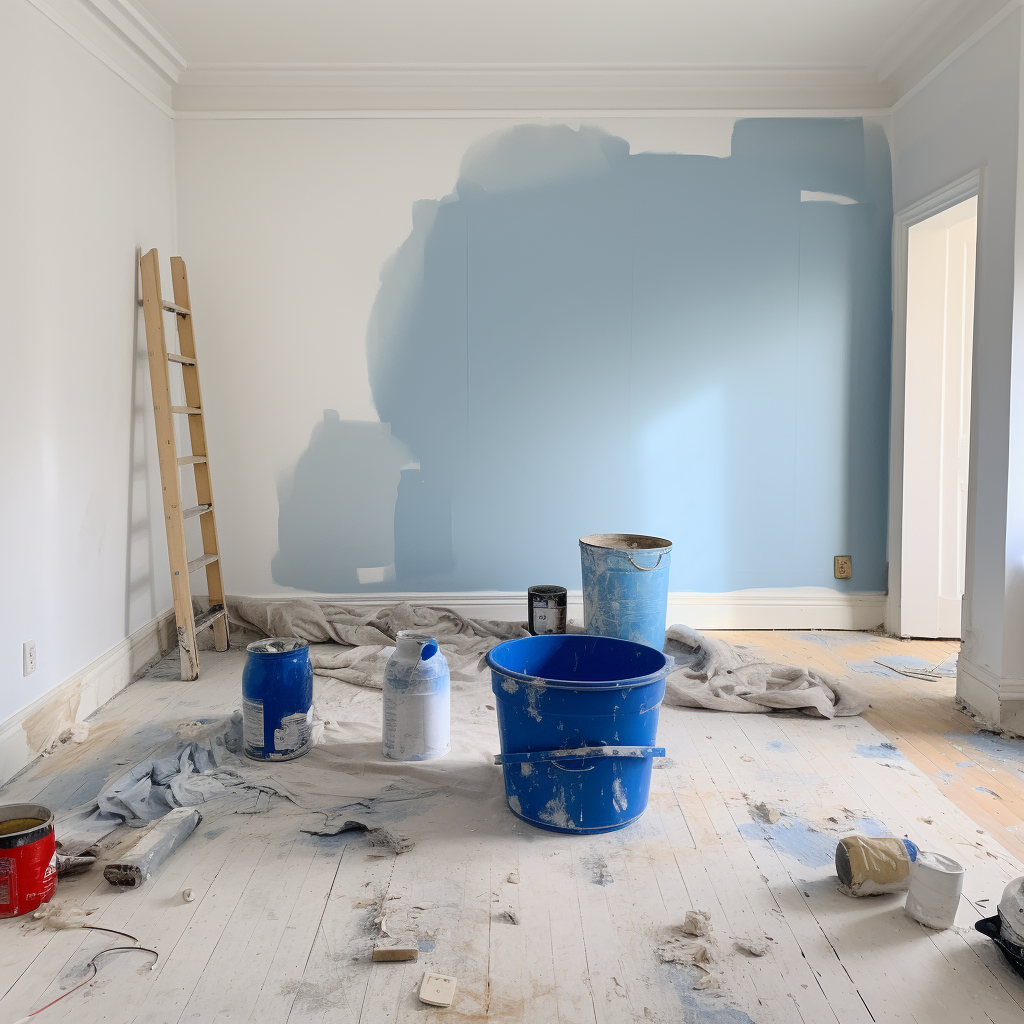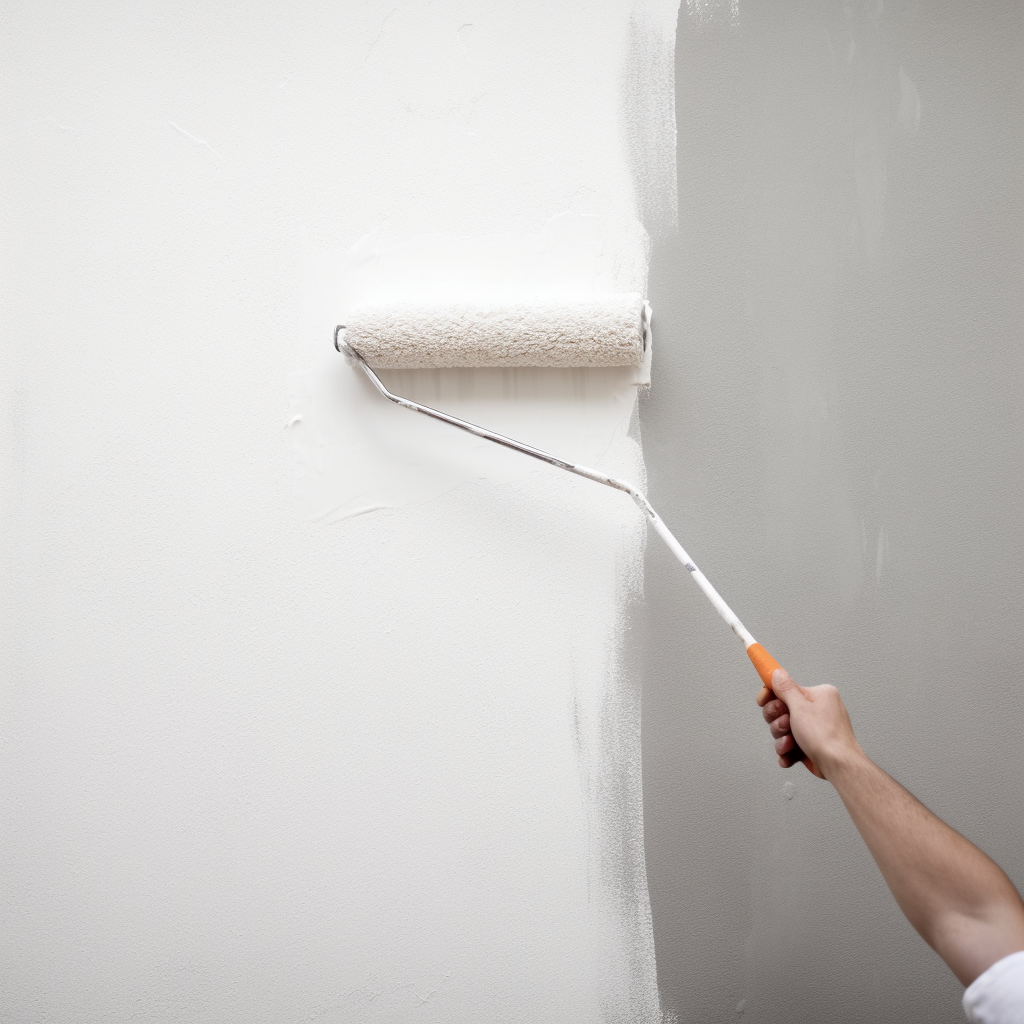
Painting Your Apartment: A Tenant’s Complete Guide
Can You Paint in an Apartment?
The answer is usually yes, you can paint in an apartment, but there are some important steps to follow. Painting is often allowed, though your lease may prohibit it or require getting written permission first. Read your lease agreement thoroughly to understand the policies. Even if painting is permitted without approval, notifying your landlord beforehand is recommended to avoid any misunderstandings.
Check Your Lease Agreement
Before you break out the paint brushes, it’s important to check your lease agreement for any clauses about painting or making alterations to your rental unit. Many leases prohibit painting entirely, or at least require you to get written permission from your landlord first. Review your lease thoroughly so you know what’s allowed and what’s not. The last thing you want is to end up in hot water for unauthorized painting!

Notify Your Landlord
Even if your lease doesn’t specifically forbid painting, it’s always wise to notify your landlord anyway. A quick heads up email explaining your plans is polite and prevents any surprises or confusion. Most landlords will appreciate you informing them and may have preferences on paint colors or requirements you need to follow. Keep the communication open throughout the process in case any issues arise.
Choose Paint Colors Wisely
When selecting paint colors, neutral and light tones are always a smart choice for rentals. Stick to off-whites, beiges, light grays or soft pastels. Avoid bright colors like neon green or purple which are bold but hard to cover up. Dark hues like navy blue can also be tricky to paint over down the line. The goal is to paint colors future tenants will also enjoy.
Use Paint Approved for Rentals
Look for low or no VOC (volatile organic compound) paints which are designed to have minimal odor and fumes, ideal for the close quarters of an apartment. Many brands now market low odor and “zero VOC” paints specifically for rentals that dry faster and with less irritation for tenants. Ask at your local paint supply store for rental-friendly options.

Prep the Space Properly
Prepping well is crucial for a tidy paint job. Cover floors with drop cloths and remove outlet covers, switch plates, trim and other hardware so paint won’t glob behind them. Use painter’s tape to mark off any surfaces you don’t want painted like windows, doors and trim. Make sure the room is ventilated by opening windows. Protecting the space properly will save you clean up time later.
Paint Carefully and Clean Up
Work diligently to avoid splatters, drips and sloppy brush marks when painting. Apply paint smoothly and evenly. When finished, thoroughly clean all supplies and dispose of rags, brushes and paint cans properly, not just in the apartment trash bins. Clean up any paint spots immediately before they stain or dry. Proper cleanup keeps the space looking neat.
Notify Landlord of Completed Work
Once painting is done, notify your landlord to schedule a walk through. Take photos to document the improvements in case of any damages later falsely attributed to you. Most landlords will be happy you took the initiative to freshen things up.
Consider Hiring a Pro
While DIY painting can save money, hiring professional painters may be worth the cost for immaculate results. Experienced painters work quickly with less mess and paint mistakes. They also have specialized tools and know techniques for achieving flawless finishes. Just be sure to vet providers carefully.
Painting Dos and Don’ts
A quick checklist of painting pointers: DO use drop cloths, DO ventilate rooms, DO clean up spills quickly. DON’T paint over grime or damage, DON’T leave paint cans open when not using, and DON’T dump paint down drains. Following basic rules helps ensure painting success!
So in most cases, yes you can paint your apartment, provided you take the proper precautions. Check your lease, inform your landlord, and paint responsibly to make your rental feel fresh and personalized. Happy painting!

Leave a Comment